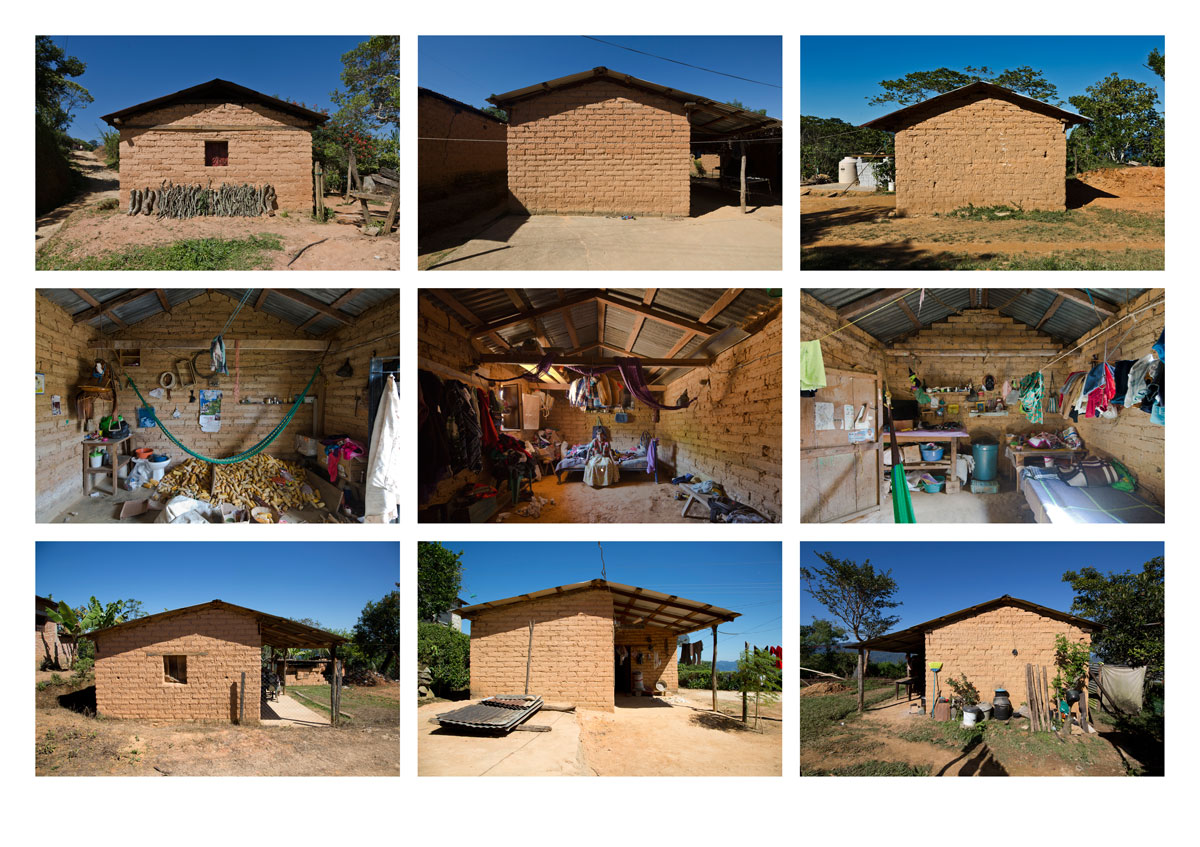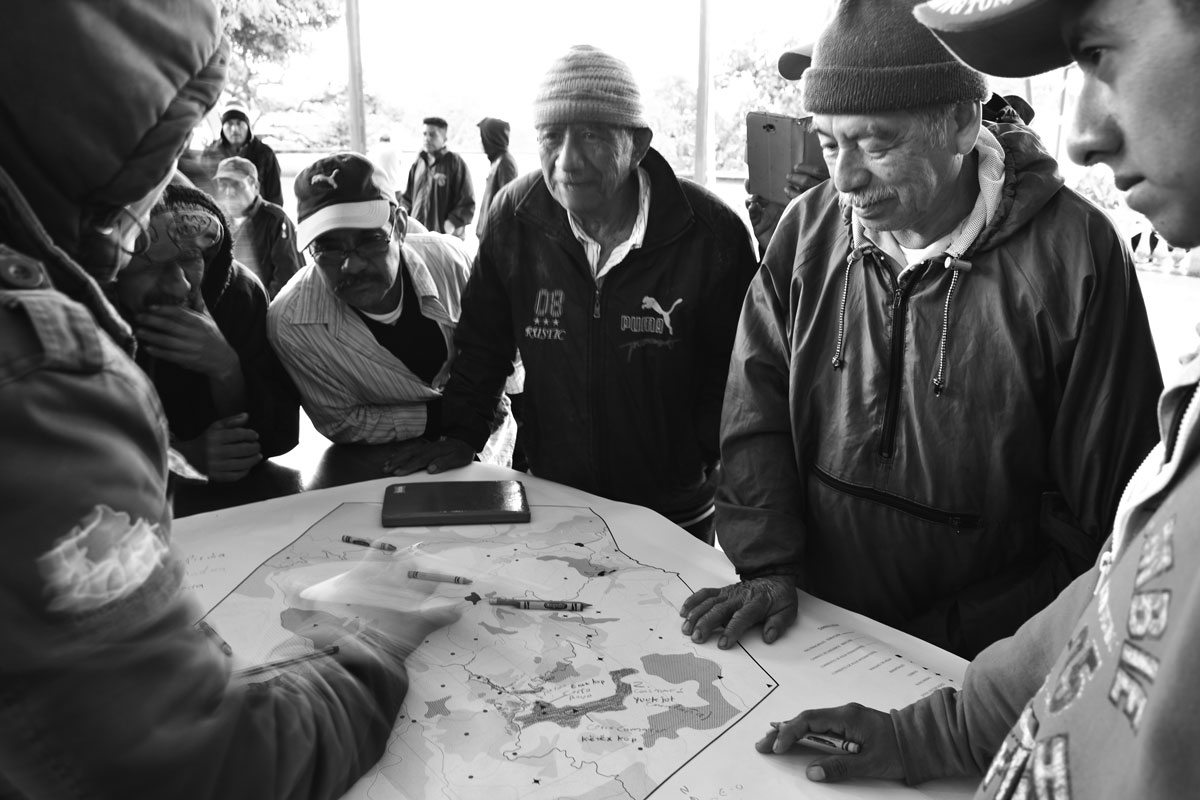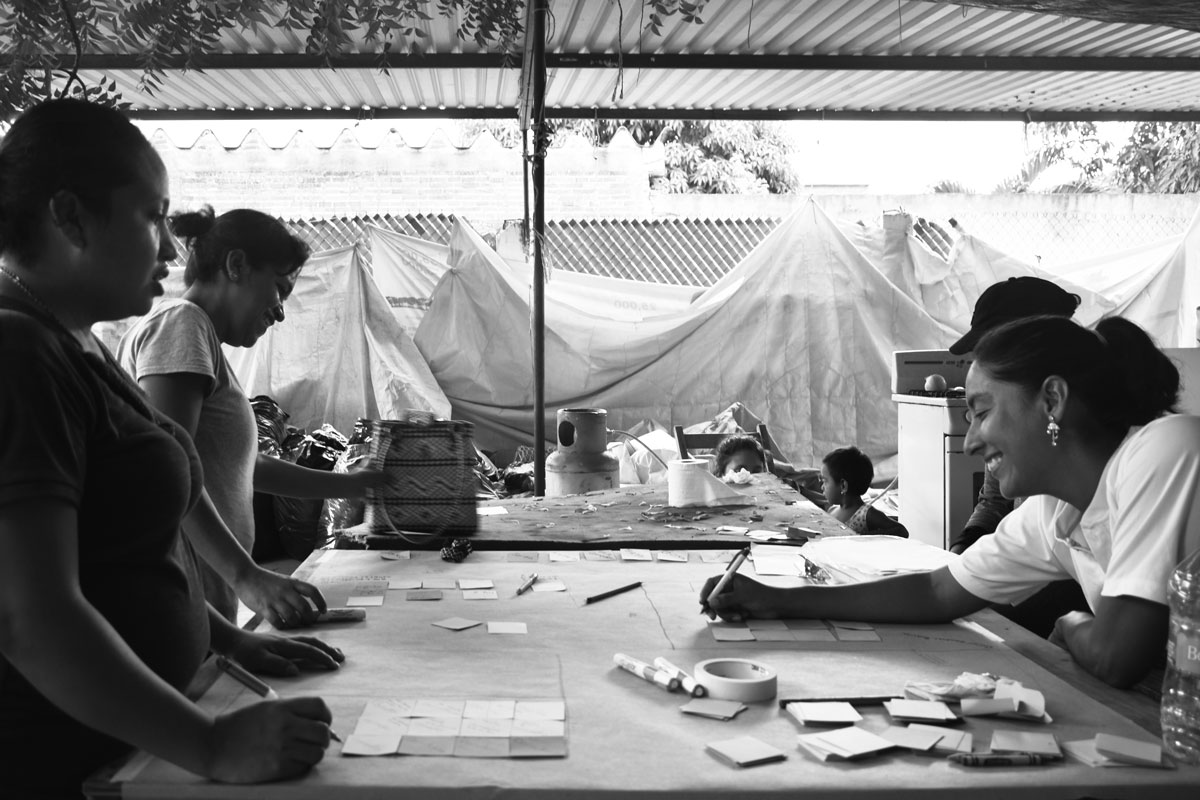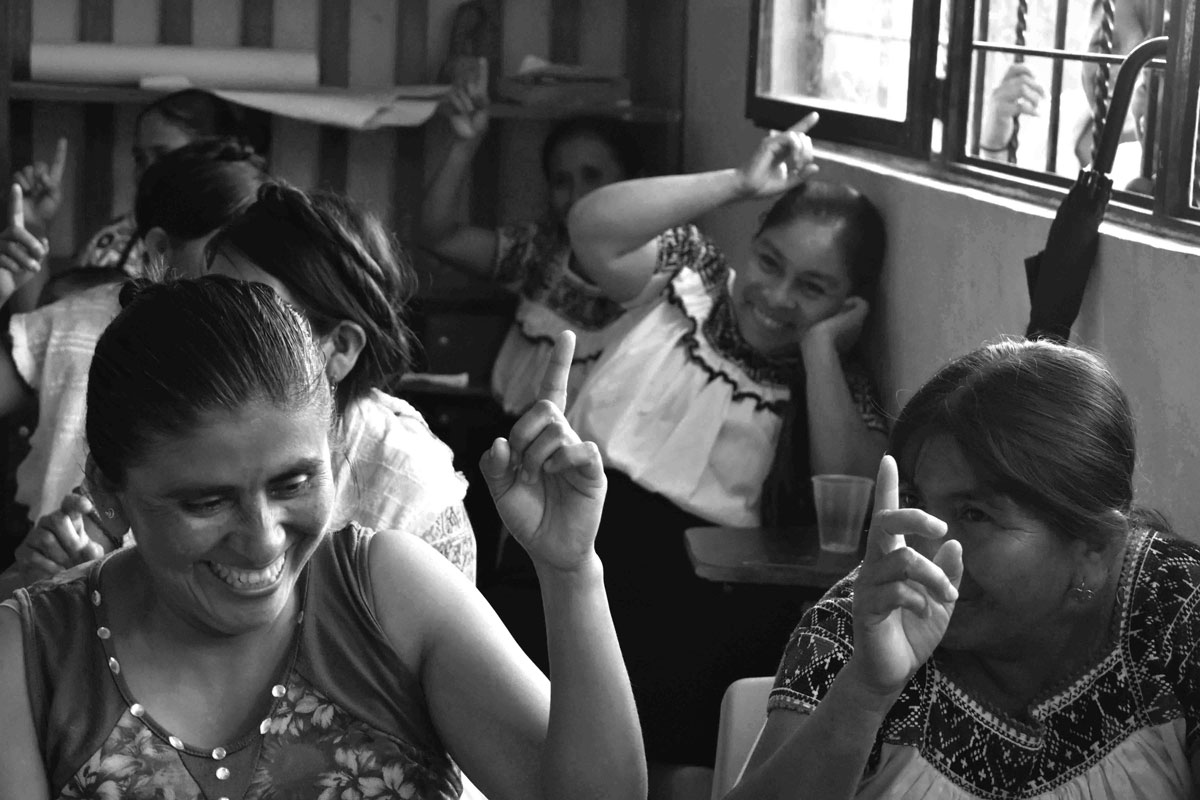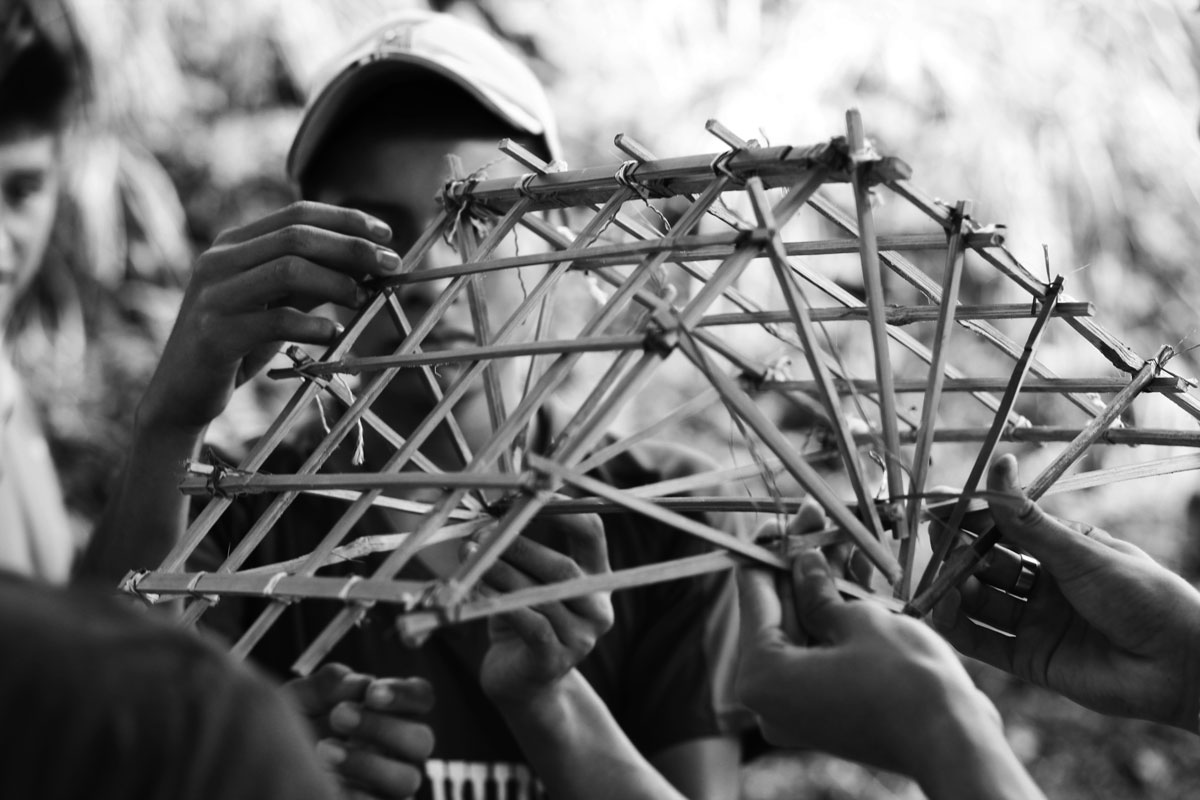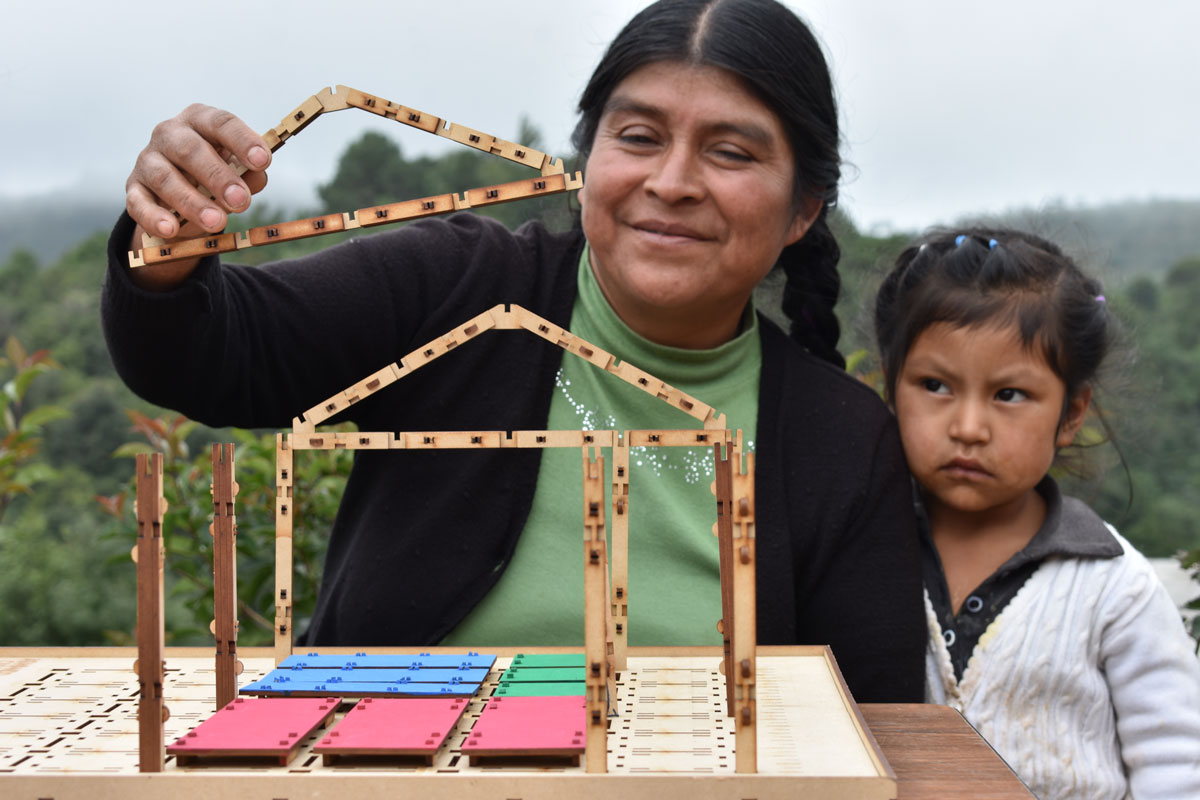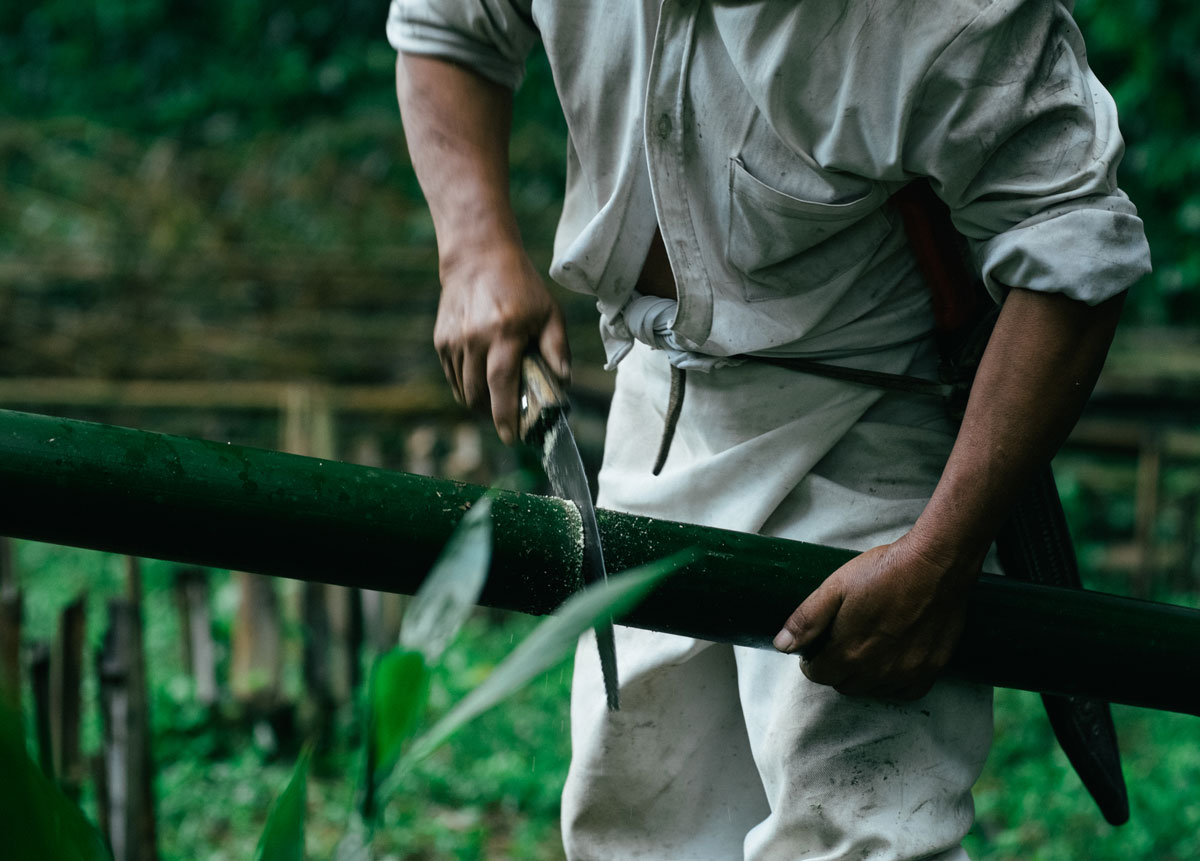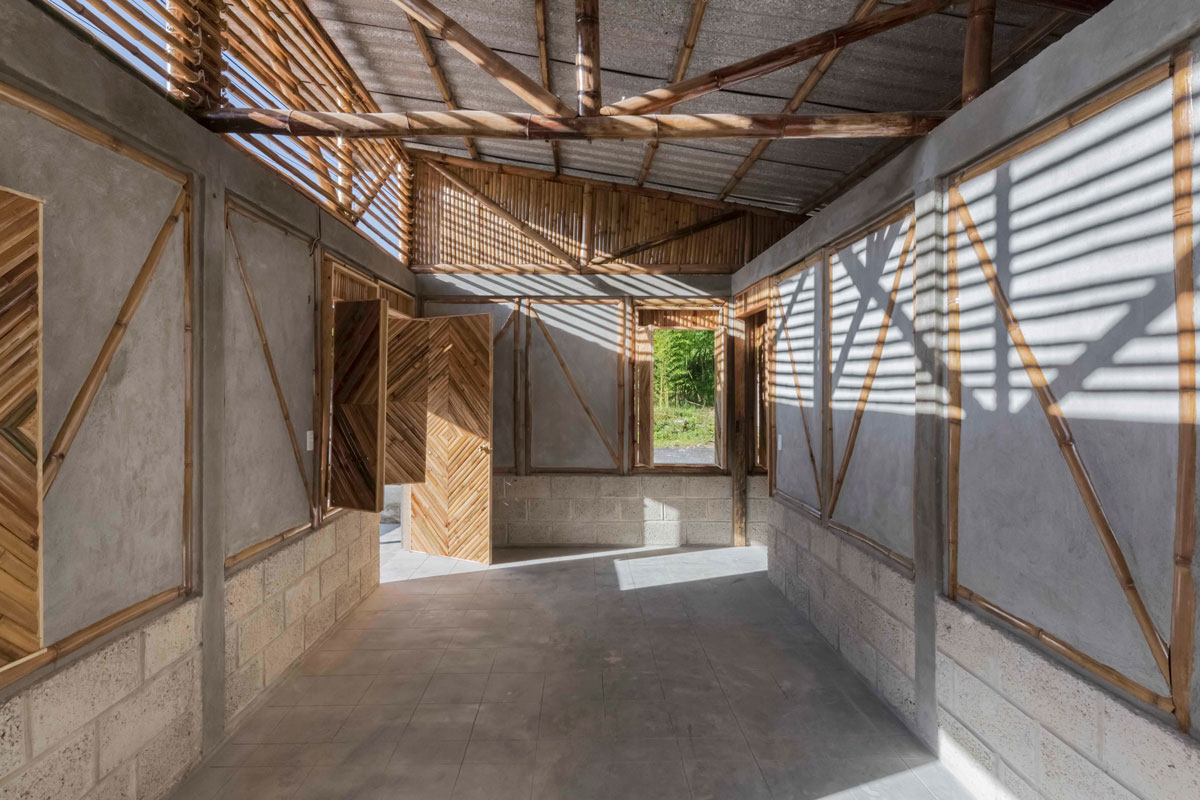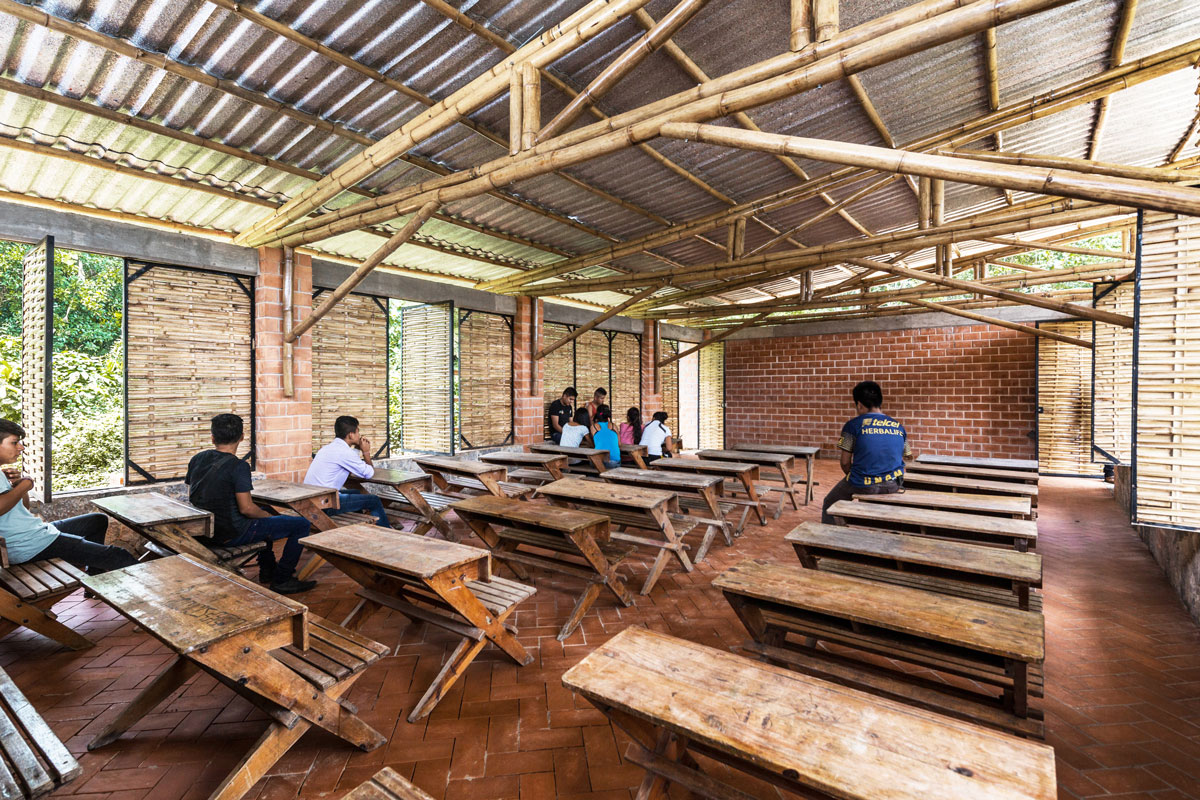In Comunal: Taller de Arquitectura we visualize our professional practice as a social and collective process in which the architects accompany the inhabitants in the management and social production of their habitat, recognizing that we are only one part of a set of actors that contribute with their experience, knowledge and technical advice. In this sense, we value the architectural object for its capability to be functional, formal and aesthetically appropriate to the essence of the place, culture and people, but above all, as the representation of negotiation processes between consensus and dissent. For this reason, we do not conceive architecture as a work of authorship or as a static, artistic and unmodifiable object, but as a living, open and evolving process that over time continues to adapt to the needs and aspirations of its users.
This approach to architectural practice has taken place for more than 50 years in our country (Mexico) and in Latin America through the ideological, political and democratic stance of the term “Social Production of Habitat”, whose notion understands the habitat as a social and cultural product that implies the active, informed and organized participation of the inhabitants in their management and development, under the control of self-producers and other social agents.
In this sense, we conceive participation, not as a matter of good faith, welfare or good will, but as a right that implies the recognition of the inhabitants as agents of action and not as agents of intervention. Therefore, our practice is based on a constant exercise of denunciation, democracy, social justice and defense of human rights, through which we advocate the construction of an inclusive, collaborative and congruent society.


